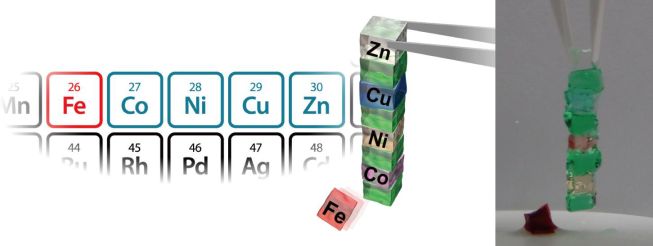Fig. 1: A metal-ion-responsive adhesive gel
An ion-responsive gel sticking to a target surface
Prof. Akira HARADA et al. at Osaka University developed a functional gel that exhibits selective adhesion property based on molecular recognition in response to specific ions (Fig. 1) (Abstract Movie). This is a novel method to control joining of multiple objects precisely, and can be utilized for many applications such as soft robotics and biomaterials.
Common adhesives stick to a wide range of materials immediately after they are applied to the surfaces. To prevent indiscriminate sticking, smart adhesive materials that adhere to a specific target surface only under particular conditions are desired. Here, Prof. Akira HARADA et al. developed a polymer hydrogel, CD–bpy gel. The gel was modified with both cyclodextrin (CD), a cyclic oligosaccharide with molecular recognition ability, and 2,2´-bipyridyl (bpy), a metal-ion-responsive unit. The CD-bpy gel exhibited surface-selective adhesion property based on molecular recognition by CD, only in the presence of metal ions (Movie S1). Furthermore, adhesion property can be controlled by the kinds of metal ions, depending on the efficiency of metal-bpy complexes in cross-linking. This result is the world’s first achievement that controlled chemically-selective adhesion based on host-guest interactions by metal ions as independent chemical stimuli.
This work was supported by the ‘Core Research for Evolutional Science and Technology’ program of the Japan Science and Technology Agency. To learn more about this research, please view the full research report entitled “A metal–ion-responsive adhesive material via switching of molecular recognition properties” at this page of the Nature Communications website.
(AbstractMovie)
http://www.chem.sci.osaka-u.ac.jp/lab/harada/Movie_Abst_NCOMMS-14-07121.wmv
(Movie S1)
http://www.chem.sci.osaka-u.ac.jp/lab/harada/MovieS1_NCOMMS-14-07121.wmv












